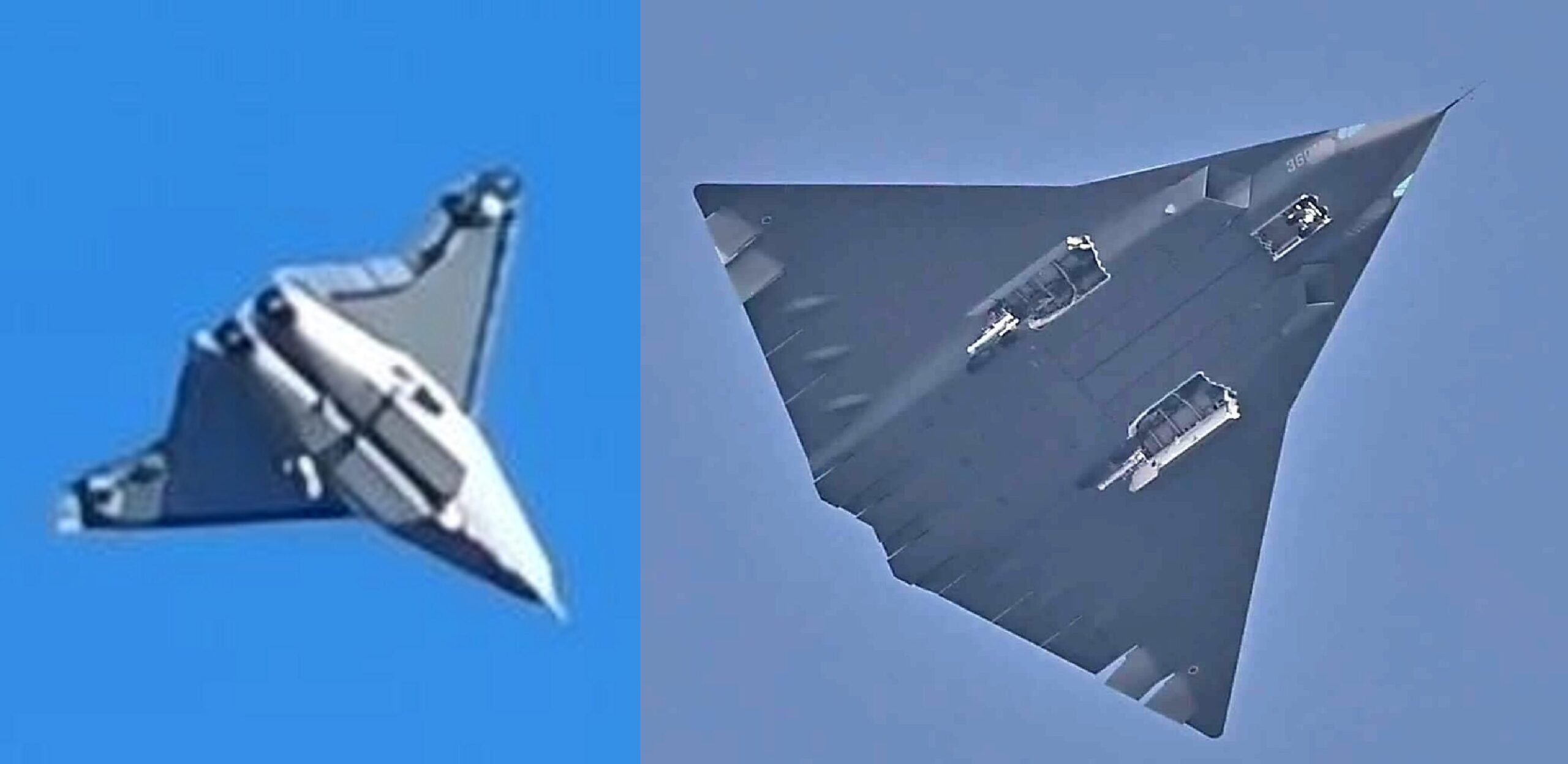PICTURED: A B-52 carried an AGM-183A Air-Launched Rapid Response Weapon, a now three-times-failed hypersonic weapon.
Story at a glance…
-
Three failed tests in 8 months is the results of the Pentagon’s current hypersonic missile program.
-
Compared to the “hundreds of tests” conducted by Beijing, Air Force brass aren’t happy with the progress.
-
The weapon is manufactured by Lockheed Martin who have wasted perhaps trillions on the F-35.
The Air Force’s third-consecutive test of its new hypersonic glide cruise missile, the first in the service’s history, has failed without the missile leaving the wing of the B-52H bomber that carried it.
Between April 5th, July 28th, and December 15th, the Air Force made three attempts to use its new AGM-183A, the designation for a weapon that’s supposed to be able to be impossible to shoot down in flight, and which has jump-started a new triangular arms race between the U.S., Russia, and China.
The lack of progress is frustrating Air Force brass. Back in October the second highest-ranking officer in the country, Vice Chairman of the Joint Chiefs Gen. John Hyten, called the Defense Department “unbelievably bureaucratic and slow,” while current Air Force Secretary John Kendall, called the lack of progress on the new weapon “disappointing” and that he was “not satisfied with the degree to which we have figured out what we need for hypersonics — of what type, for what missions”.
The Air Force released a statement saying: “The launch sequence was aborted before release with an unknown issue. The missile will return to the factory and analysis of the telemetry and onboard data will begin immediately. The program will seek to resume flight test as quickly as possible”.
The three failed tests, reports Joseph Trevithick at The War Zone, were idealized as being successful in a runup to a 2022 full of scheduled launches of the 183A with actual missiles and warheads loaded into them.
Kamchatka, Russia. December 26th, 2018. PICTURED: The Avangard hypersonic glide vehicle launches launches successfully from a Russian UR-100NUUTKh missile. Photo credit: Russian Military. CC 4.0.
What the heck is a hypersonic glide missile?
The 183A, or “Air-Launched Rapid Response Weapon” (ARRW) is a Lockheed Martin product that is supposed to carry a hypersonic glide weapon into orbit. A rocket attached to the ARRW will fire it into the atmosphere, after which the nose cone will break away to unleash an unboosted hypersonic glide missile which will sail at speeds above Mach 5 towards its target—as Vladimir Putin described it—”like a ball of fire”.
That particular quite came in December of 2018, when Russia unveiled her new Avantguard hypersonic cruise missile, which the Russian President boasted as being impossible to shoot down. This boast is the reason behind the “glide” part of the name, meaning that the fins on the missile and its speed and low-horizon trajectory means it can maneuver in flight out of the way of missile defense systems.
Russian military officials said at the time they had successful launch and impact tests done with the Avantguard, which put the U.S. military on high alert, and perhaps even causing defense planners under the Trump Administration to alter their National Defense Strategy in the following 12 months to include big investment into this weaponry.
The DoD had invested into hypersonic missiles before; in one called the X-51 Waverider in the early years of the 21st century. But the demands placed upon various key components resulted, like the ARRW, in instant failure of 2 of 3 of the early tests.
Beijing has recently steamed forward with hypersonic weaponry, allegedly conducting “hundreds” of tests. Gen. Hyden derided the DoD’s hesitancy in a recent writer’s brief in October, before his retirement in December.
“What you need to be worried about is that in the last five years, or maybe longer, the United States has done nine hypersonic missile tests, and in the same time the Chinese have done hundreds,” said Hyten. “Single digits vs hundreds is not a good place”.
Hyden referenced the X-51 saying the DoD had technology “ahead of everyone else in the world,” but that after a few failed tests, everything went back to review and the project was cancelled, however Pierre Sprey, mastermind behind the extremely F-16 fighter-bomber, describes the mere concept of a hypersonic gliding missile as impossible.
Talking with journalist Andrew Cockburn, Sprey details that flying so fast causes them to become incredibly hot which necessitates protective metals that would slow the missile down, or melt the onboard electronics if not protected. The weight constraints for tight maneuvering would severely limit payload size as well.
Lockheed Martin who designed the weapon may have wasted as much as $1.5 trillion on the F-35 jet, and would have been eager to see a success with their new rocket.



